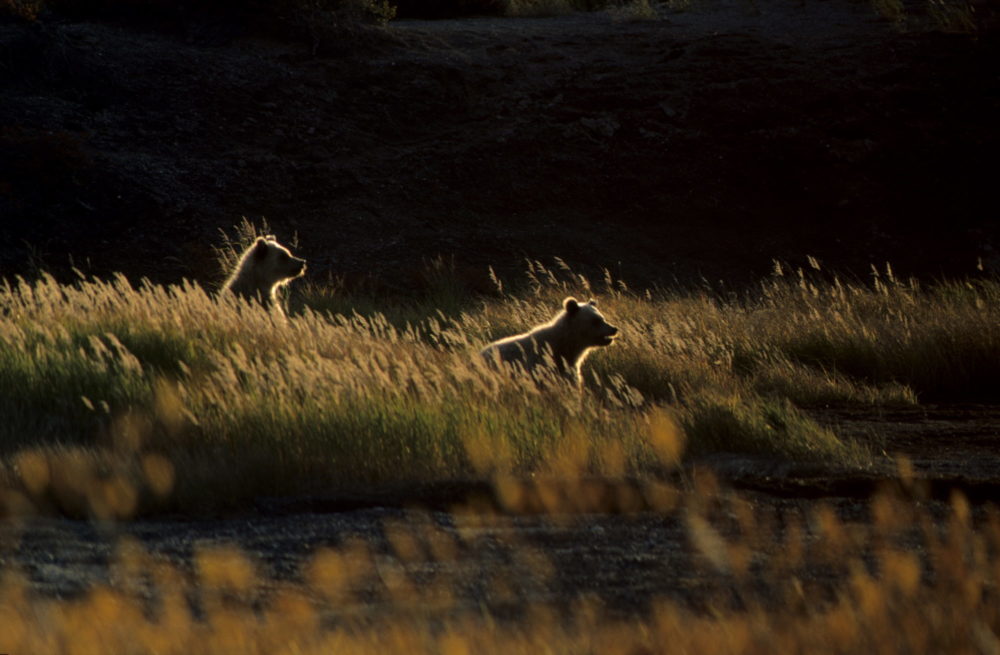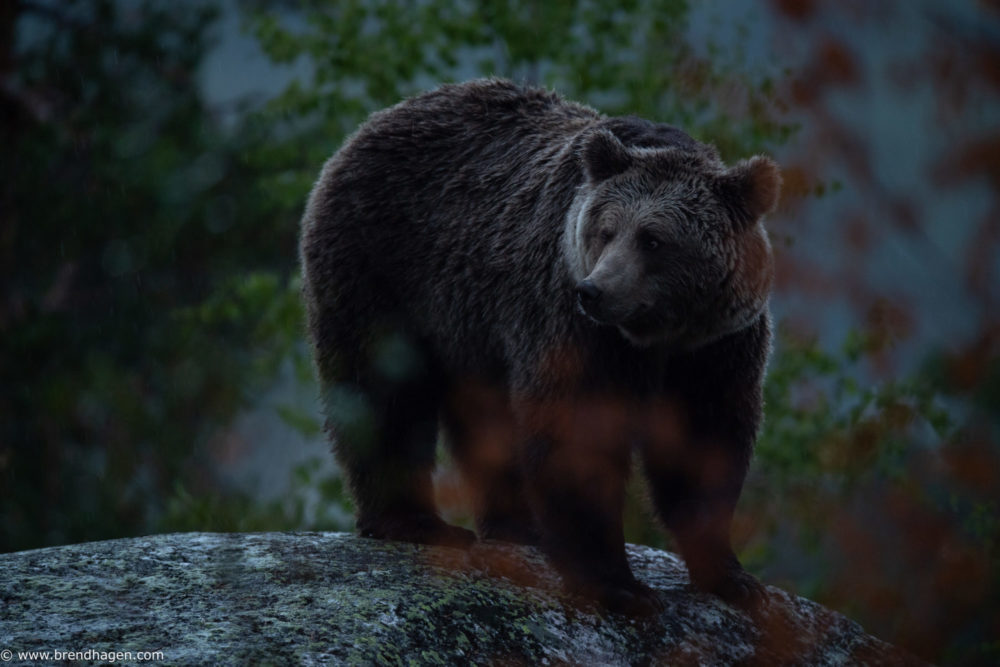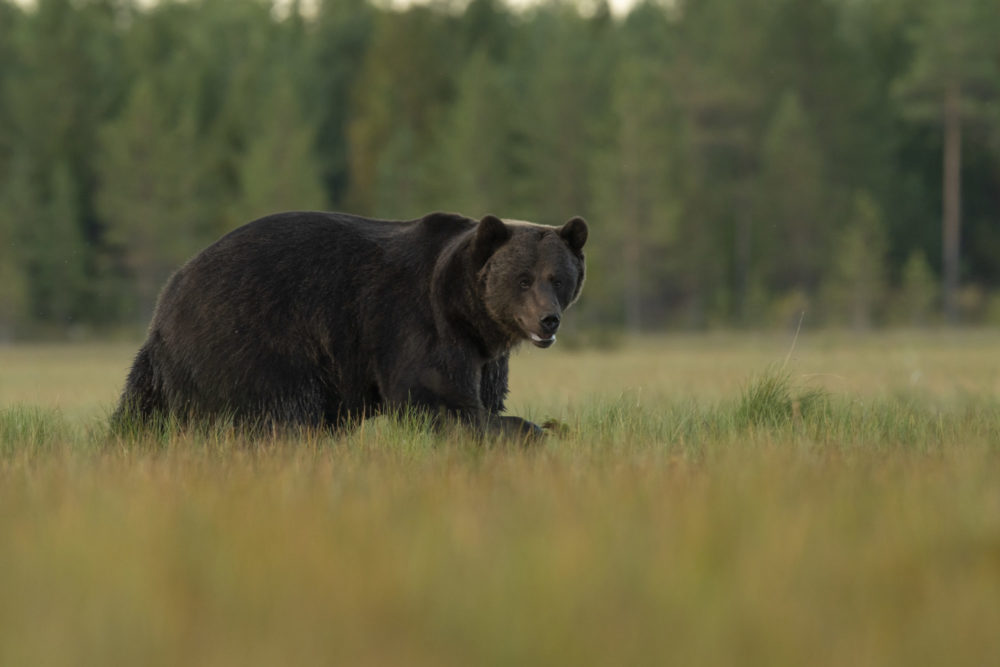How many bears do we have?
Written by Nicklas Iversen | Last edited 28. May 2021
A total of 150 bears were recorded in Norway in 2020, 65 females and 85 males. You can learn more about the bear population over time on this page.
EXTINCTION
Norway used to have around 3,100 bears, many more than we have today! But in 1845, a new law was passed with the aim of wiping out the large carnivores. A premium was therefore promised to anyone who could prove that they had shot a bear. Tempted by the premium many people tried their luck at bear hunting.
A lot of bears were killed, and the bear population fell dramatically. In 1920, Sweden protected the bear, but hunting was still permitted here in Norway. In the end, so few bears remained that the only place they were still to be found was in Southern Norway’s Vassfaret valley. The last she-bear was shot there in 1956. There were probably still a few bears left in Anárjohka in Finnmark.
In 1973, the bear was protected in Norway. By this time, there was scarcely a single bear left, and it was not until 2001 that the first bear cubs were recorded in Southern Norway.

THE BEAR RETURNS
Sweden protected bears in the 1920s, partly at the suggestion of the Swedish Hunting Association. Since we in Norway did not protect the bear until they were nationally extinct – it is not hard to understand that the bears we have today spread from Sweden. Which is why we have most bears along the Swedish border. Basically, Norway just has the outer margin of the Swedish population of brown bears.
The brown bear spreads very slowly. This is because the females do not move very far, they have a small number of cubs and they keep their cubs for a long time.

THE BEAR POPULATION TODAY
I 2018 ble det registrert 138 brunbjørner i Norge. 63 av dem var binner, mens 75 av dem bamser.
A total of 150 brown bears were recorded in Norway in 2020, 65 females and 85 males.
The majority were recorded along the border and presumably spend some of their lives in our neighbouring countries.
This article has been written by Bjørn Henrik Stavdal Johansen, a nature guide at Visitor Centre Carnivore Flå.
